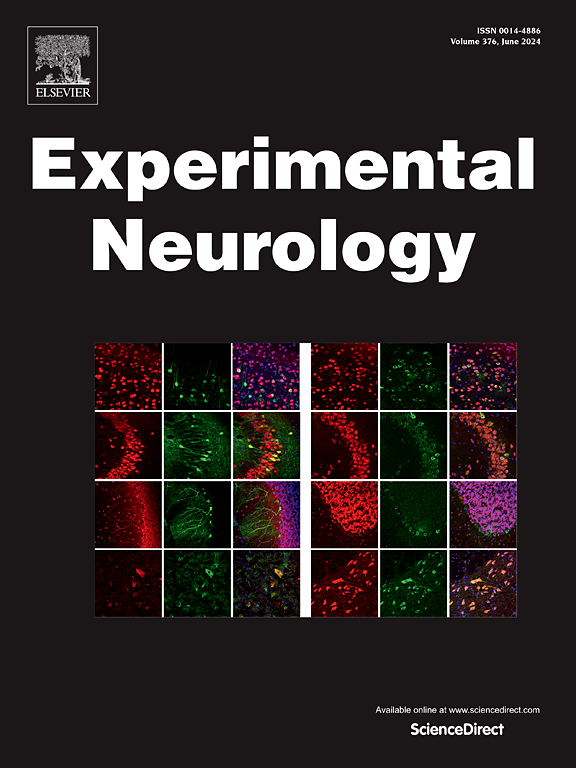Human-mouse chimeric brain models constructed from iPSC-derived brain cells: Applications and challenges
Abstract
The establishment of reliable human brain models is pivotal for elucidating specific disease mechanisms and facilitating the discovery of novel therapeutic strategies for human brain disorders. Human induced pluripotent stem cell (iPSC) exhibit remarkable self-renewal capabilities and can differentiate into specialized cell types. This makes them a valuable cell source for xenogeneic or allogeneic transplantation. Human-mouse chimeric brain models constructed from iPSC-derived brain cells have emerged as valuable tools for modeling human brain diseases and exploring potential therapeutic strategies for brain disorders. Moreover, the integration and functionality of grafted stem cells has been effectively assessed using these models. Therefore, this review provides a comprehensive overview of recent progress in differentiating human iPSC into various highly specialized types of brain cells. This review evaluates the characteristics and functions of the human-mouse chimeric brain model. We highlight its potential roles in brain function and its ability to reconstruct neural circuitry in vivo. Additionally, we elucidate factors that influence the integration and differentiation of human iPSC-derived brain cells in vivo. This review further sought to provide suitable research models for cell transplantation therapy. These research models provide new insights into neuropsychiatric disorders, infectious diseases, and brain injuries, thereby advancing related clinical and academic research.

 求助内容:
求助内容: 应助结果提醒方式:
应助结果提醒方式:


